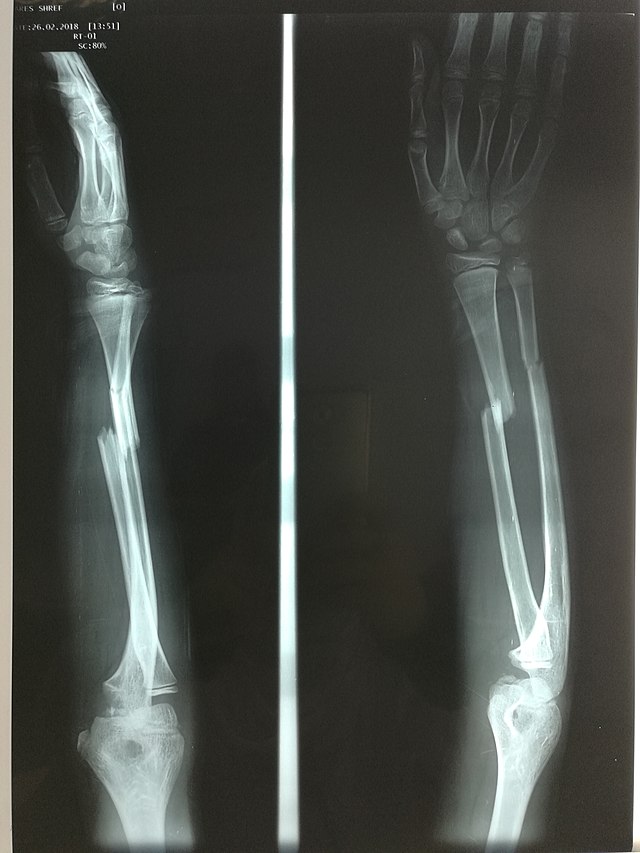I measure love in broken bones I’ll never set. Beth comes to the hospital with a fractured radius—a clean break, the kind that heals without complications. My brother, Thomas, brings her, his hand on her lower back, introducing her as his girlfriend. I am already engaged to Rebecca, already committed to a future mapped out in surgical rotations and mortgage payments. But watching Beth’s X-ray develop in darkness, I see my own skeleton cracking.
The engagement ring I bought for Rebecca cost exactly what my student loan would have been. Beth’s ring, the one Thomas gives her four months later, belonged to our grandmother. I perform surgery the morning of their wedding, reducing a compound fracture while they exchange vows. In the operating room, bones align perfectly. Outside, nothing fits where it should.
We become family in careful increments. Christmas dinners, summer barbecues, baptisms where our spouses stand together as godparents while we maintain prescribed distances. I learn her anatomy in fragments: the scar on her elbow from childhood, the way her neck curves when she’s tired, how her laugh changes pitch after two glasses of wine. Rebecca watches me watching Beth and starts scheduling more couples therapy.
Our children grow up calling us Uncle and Aunt, playing in backyards while we perform the choreography of almost-strangers who share DNA by marriage. Beth’s daughter breaks her arm falling from a swing set. I am not on call that night. Another surgeon sets the bone while I sit at my kitchen table, describing to Rebecca in clinical detail all the ways a radius can fracture.
Years calcify like poorly set breaks. Thomas becomes Chief of Cardiology while I map the geography of hands and feet, the small bones that carry us away from what we want. Beth teaches art at the local college. Sometimes I pass her classroom and watch her draw anatomical studies—skeletons dancing, bones curving into impossible poses. Her students learn about negative space. I learn about the anatomy of absence.
Rebecca leaves first, taking our son and a diagnosis of “emotional unavailability.” The divorce papers list irreconcilable differences, but in the margins I see calcium deposits of unspoken truths. Thomas and Beth stay together, their marriage a textbook example of proper fusion. I date other women who don’t understand why I keep X-rays instead of photographs.
At fifty, Beth develops arthritis in her hands. I recommend specialists, write referrals in illegible doctor’s scrawl that doesn’t spell out two decades of careful distance. Thomas asks for my professional opinion over scotch, not noticing how I study the way Beth’s fingers curl around her glass, calculating degrees of deterioration.
Time sets like a bone—straight or crooked, depending on the initial alignment. Our children graduate, marry, produce grandchildren who inherit Beth’s smile or Thomas’s eyes or Rebecca’s determination. Family photos show us growing older in measured stages, always standing slightly too far apart, maintaining the sterile field between almost and never.
When Thomas dies of an aortic dissection—quick, clean, no time for goodbyes—I perform surgery on a teenager’s shattered ankle. Beth sits with his body while I realign small bones, each click of reconstruction echoing like opportunities we never took. At the funeral, we stand together for the first time without buffers. Her hand brushes mine during the hymn. We both pull away, conditioned by years of careful healing.
I retire with a collection of X-rays showing other people’s healed breaks. Beth moves to Arizona to live near her daughter. We send Christmas cards with safe, surgical messages. Sometimes I dream of that first radius fracture, of bones aligning in darkness, of all the ways we learn to live around what’s broken.
In the end, it’s not about love or loss but about the precision of healing. How bones knit themselves back together, creating calcium scars stronger than the original break. How hearts keep beating through hairline fractures. How we measure pain on scales of one to ten and time in years of careful distance. How sometimes the cleanest breaks leave the deepest ghosts—visible only on X-rays, only in darkness, only when we know exactly where to look and what to look for.

